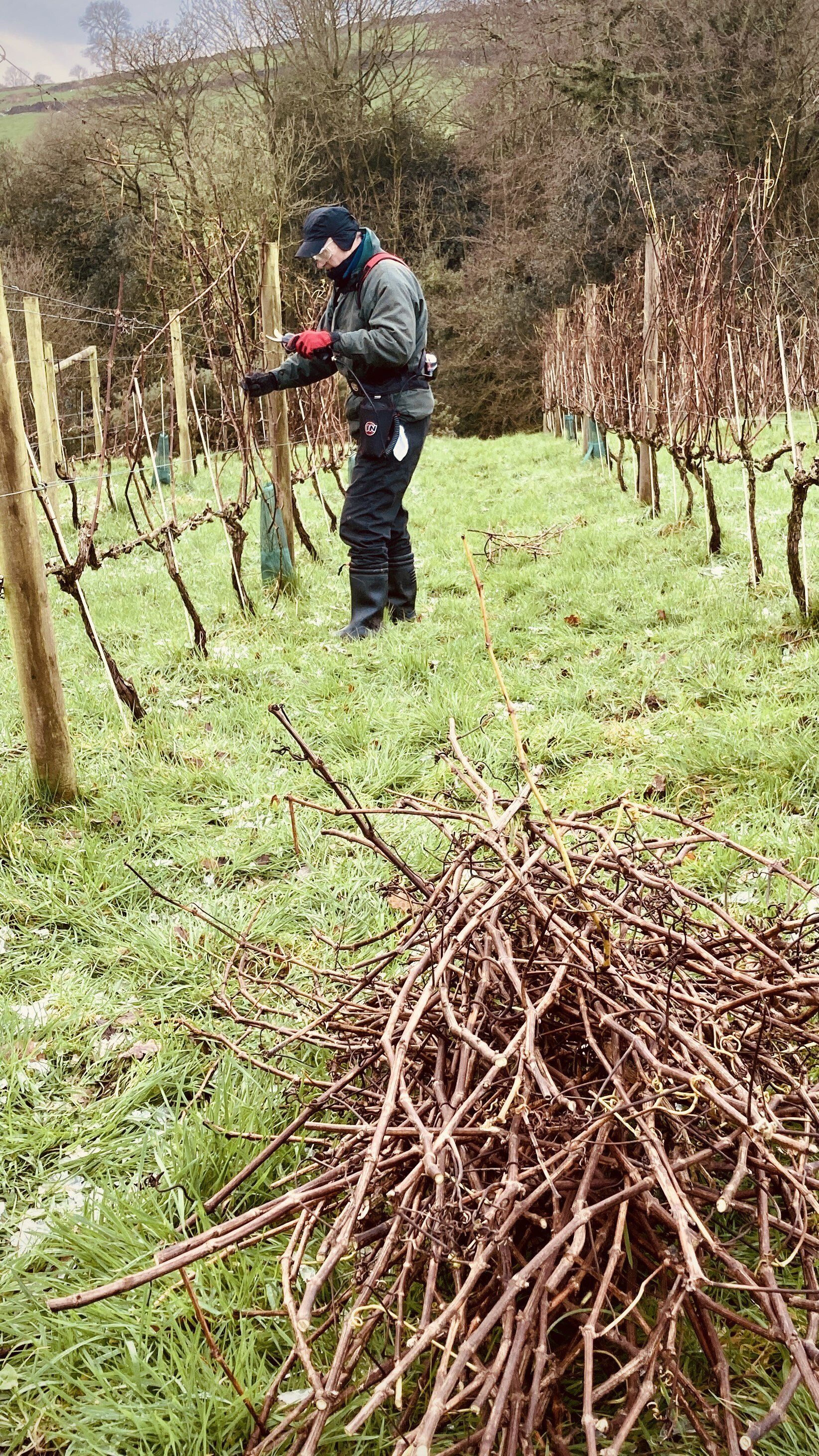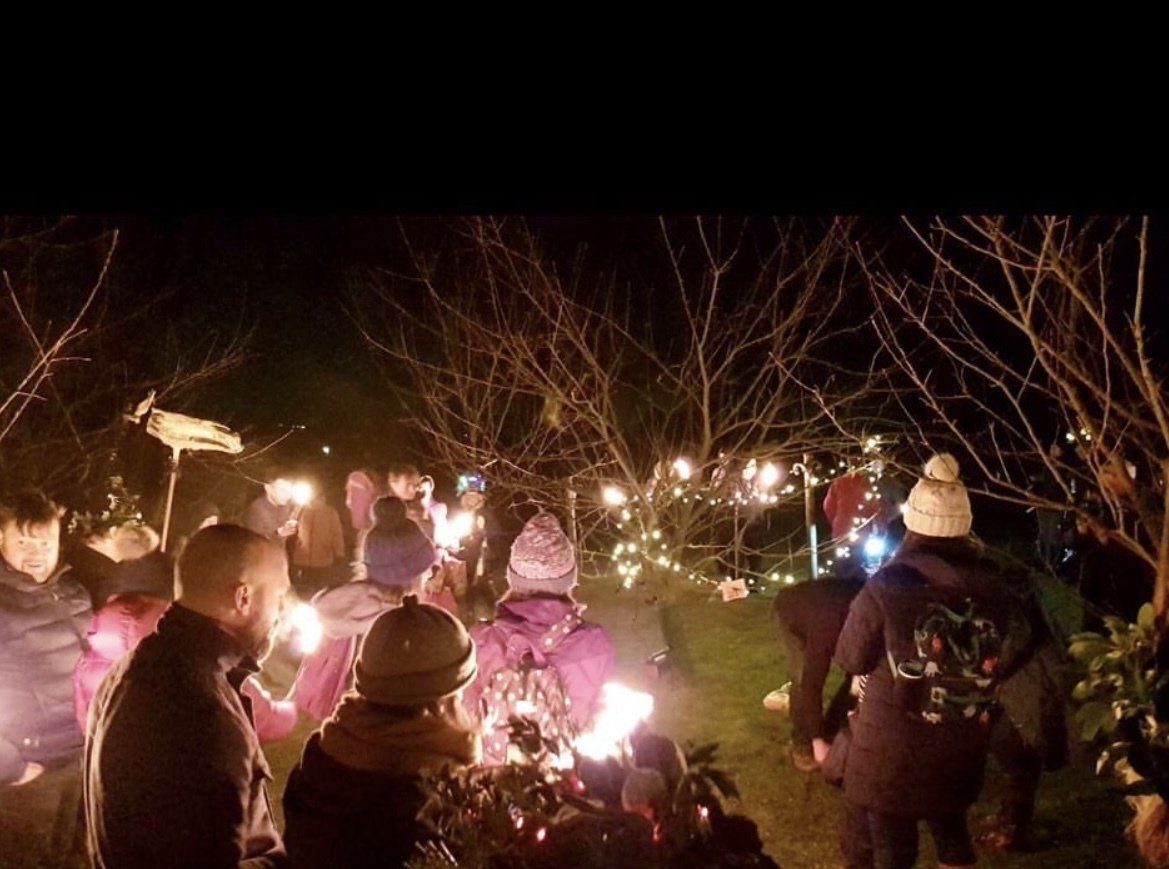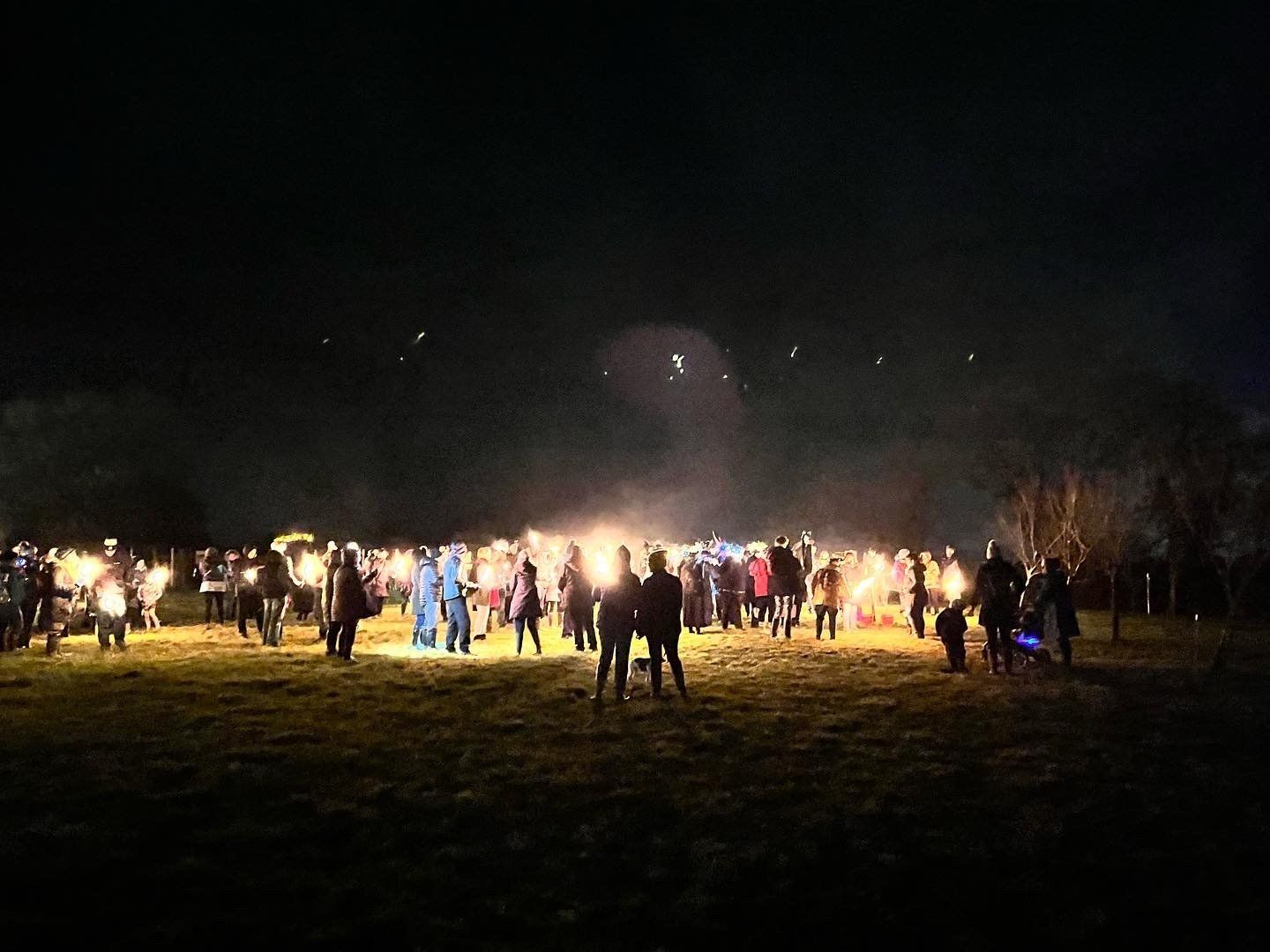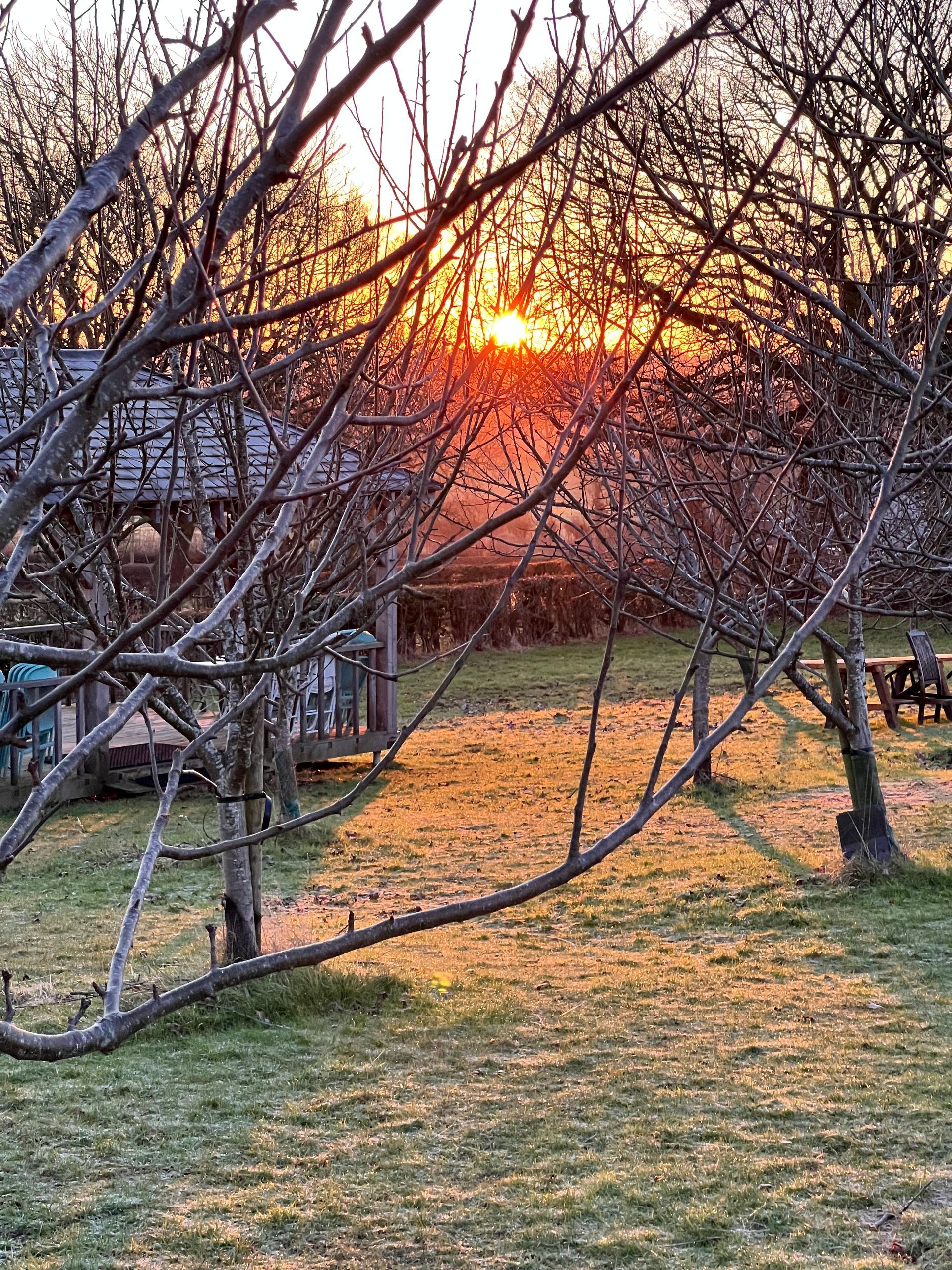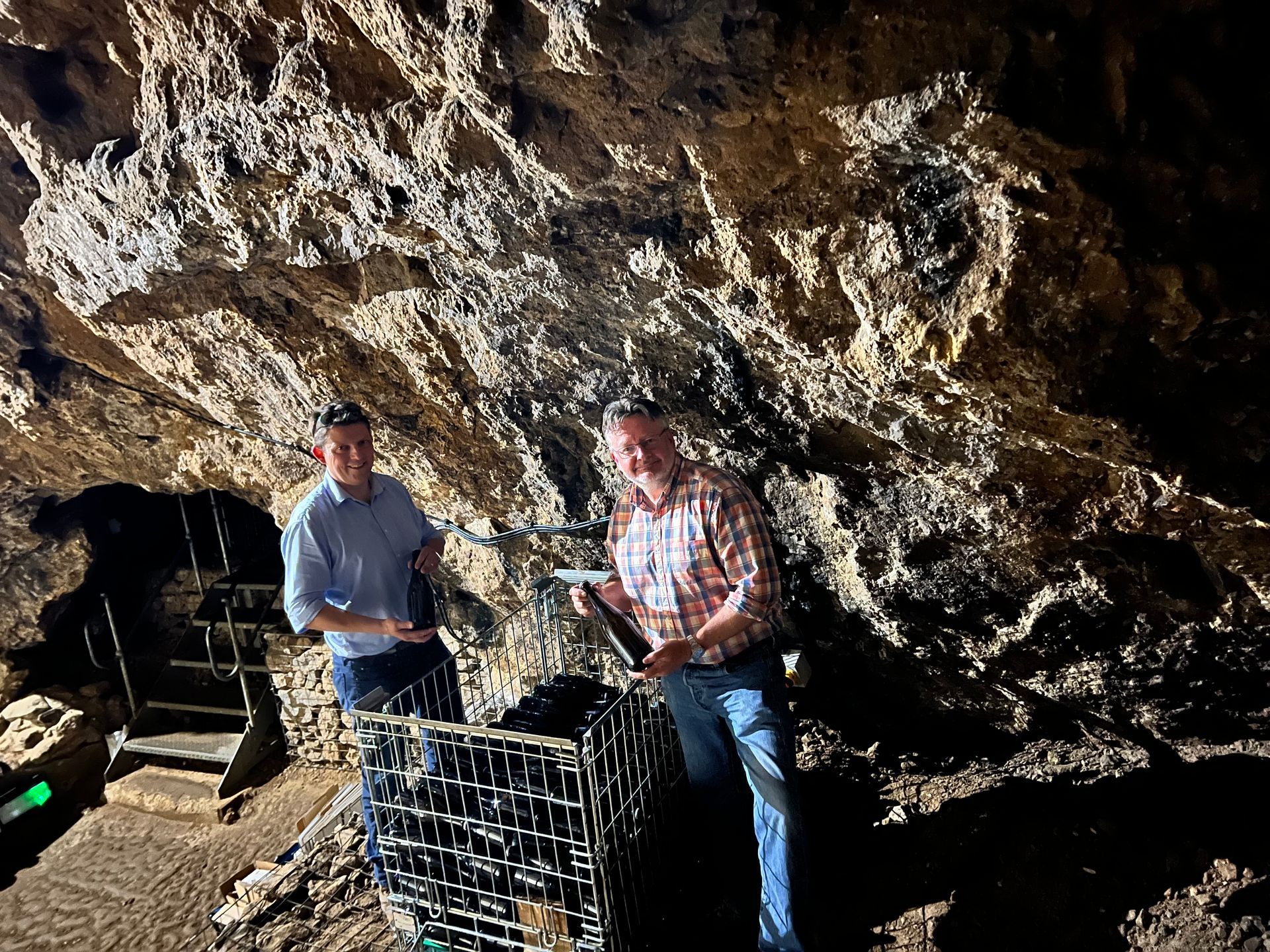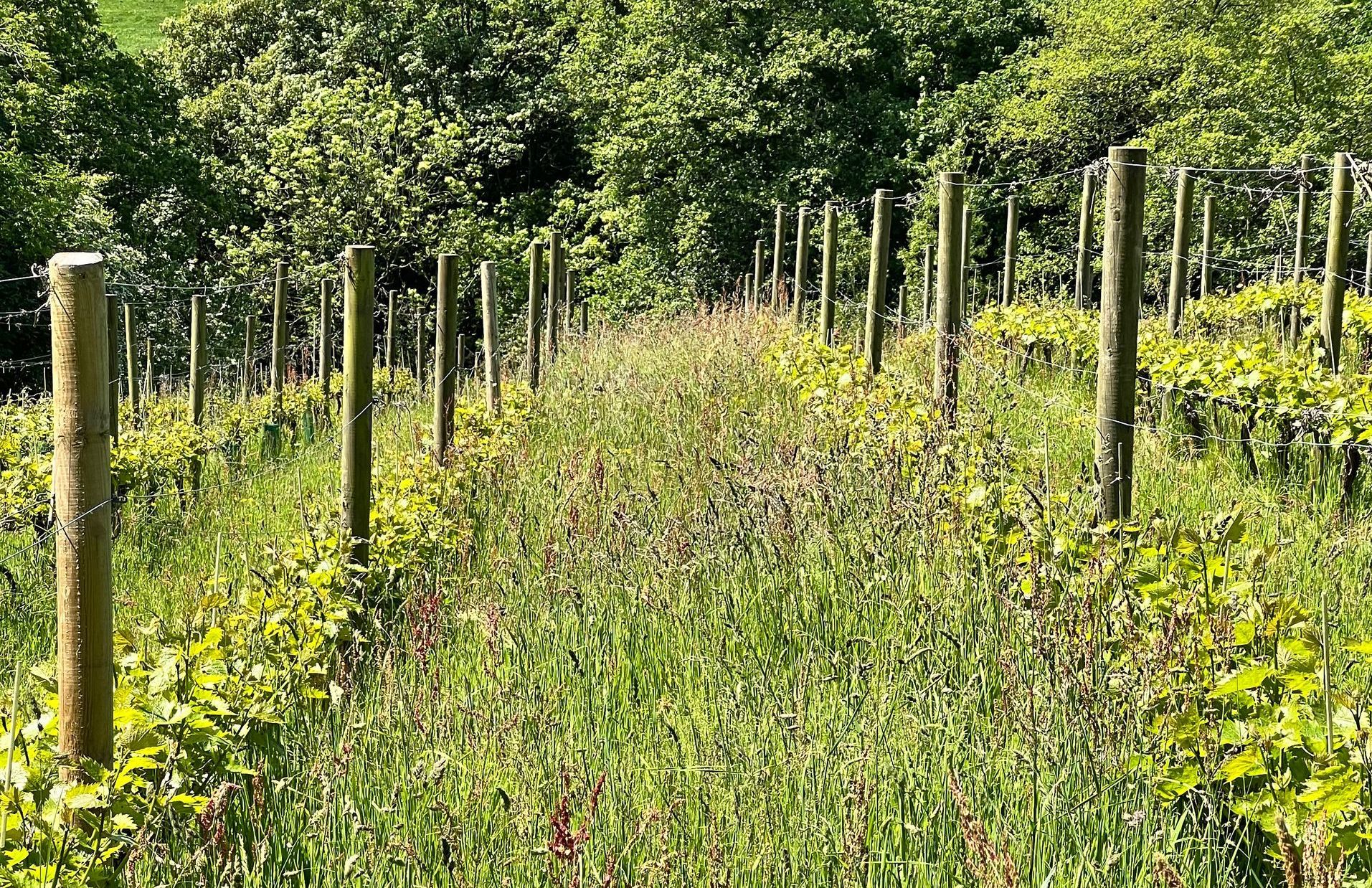What is Wassailing?
The ancient Celtic tradition of Wassailing has roots as deep and old as even the very oldest apple trees in our most ancient orchards. Whilst today it is seen as a West Country tradition it was also very much a Midlands one, with well documented examples found in Lincolnshire that have been revived in recent years. In fact, anywhere that had orchards tended to have their own variation on the Wassailing theme. Derbyshire is no different and so we’re hoping we are reviving something that has long been forgotten.
In folklore, mythology and religion the humble apple or apple trees have taken centre stage throughout the millennia – think of Adam and Eve for example. The humble apple has symbolised life and rebirth and it is this that has been placed centre stage where Wassailing is concerned. If you’ve ever visited a mature orchard during winter they can be mysterious places in the coiling mists, their often distorted boughs and trunks, encrusted with lichens and mosses and adorned with ethereal mistletoe, can seem otherworldly and special. Their centrality in the lives of the past as an important food source well into the winter months must have made them even more special.
Wassailing, depending where in Britain you were, was often celebrated on what was known as ‘Old Twelvey night,’ 17th January, but in other parts it was celebrated around Christmas or New Year. In more modern times, the geographical spread of where this tradition has clung on perhaps better reflects the importance of apple growing and cider making in those places, with a particular focus on the West Country in the counties of Devon, Somerset, Herefordshire and Gloucestershire. The origins of Wassail though are far, far deeper and more rooted in Celtic pagan traditions, now Anglicised (but barely) and done mainly for fun but as with all superstitions like this, it maybe tinged with a sense of covering all bases to ensure a good season.
Wassail is derived from the Anglo-Saxon waes haeil meaning 'to be healthy' and the aspects described below were designed to drive evil spirits from the orchard and to encourage a good and healthy crop in the coming season.
The selection of a tree as the ‘Apple Tree Man’ who is feted as the guardian of the orchard and becomes the focus of the celebration or ceremony is key. We have one in our orchard that for some reason just stands out as the right choice. There then follows some variations on a theme of noisemaking with the clattering of pans, blowing of horns (and shotguns in older times!) and a torchlight or lamp light procession to surround the Apple Tree Man and the singing of a traditional Wassail song. In some orchards a tall, hooded horse skull leads the procession. Then cider is poured on the roots of Apple Tree Man and cider-soaked toast is hung on his branches by the orchard King and Queen, usually two local children are selected for this honour.
A Wassailing cup or bowl is used to dip the toast before hanging in the trees. A wassailing bowl was often specially made from turned ash, maple or chestnut and kept especially for the purpose. We commissioned our own Wessington Wassailing Cup back in 2019 (from Shaun at Natural Earth Woodcrafts) and it is hand carved from a piece of locally grown and felled oak. We’re delighted to be leading the charge in Derbyshire for the revival of this fascinating and ancient rural tradition and making it a community event and hope that with a growing revival of orchards comes a revival of more wassails across the county that can really connect people with their orchard’s and their communities. In January 2022 we had the participation of T'Owd Man Morris, from Wirksworth (and they'll be returning in 2023), who added, colour, sound and spectacle to the event and made a Mari Lwyd for it, a horse skull that leads the procession.
Central to a successful Wassail is having a good time, to make merry in the bleakest part of winter and maybe, just maybe, it might just do a little something to improve the crop for the following season. One thing a good wassailing perhaps can do is connect us all a little more closely to nature and the turning of the seasons. And that’s no bad thing.
We're holding our 4th Annual Wessington Wassail on 28th January 2023. For more information and to book click here. All the photos shown here in this post are of past Wassails at our orchard in Wessington, and show a true flavour of what our event is like. That is to say, rather extraordinary.
We're also listed in
Tradfolk, the website that celebrates traditional folk culture. You can find us as the only listing in Derbyshire at this time
just here.

The Wessington Wassail Cup.
